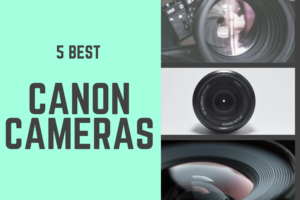A crop sensor camera and a full sensor camera have several differences. Here are some of the key differences between the two:
| Feature | Crop Sensor Camera | Full Sensor Camera |
|---|---|---|
| Sensor Size | Smaller sensor size (usually around APS-C or Micro Four Thirds) | Larger sensor size (usually full-frame or medium format) |
| Field of View | Cropped field of view compared to a full-frame camera | Larger field of view due to the larger sensor size |
| Depth of Field | Greater depth of field due to the smaller sensor size | Shallower depth of field due to the larger sensor size |
| Image Quality | Can produce high-quality images, but may suffer at high ISO settings | Often produces better image quality due to larger pixels and dynamic range |
| Lens Compatibility | Compatible with lenses designed for crop sensors and some full-frame lenses | Compatible with a wide range of lenses designed for full-frame sensors |
| Cost | Generally less expensive than full-frame cameras | More expensive than crop sensor cameras |
| Portability | Smaller and lighter, making them more portable | Larger and heavier, making them less portable |
| Video Capabilities | Good for casual videography, but may have limitations in low-light conditions | Often has better video capabilities due to better low-light performance and dynamic range |
| Use Case | Ideal for beginners, casual photographers, and those on a budget | Ideal for professionals and enthusiasts who require the highest image quality and versatility |
Overall, both crop sensor and full sensor cameras have their own advantages and disadvantages. The choice of which one to use ultimately depends on the user’s needs, preferences, and budget.



